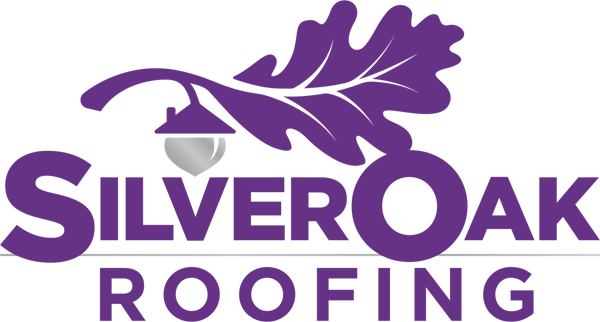
Fading Facts: Understanding the Lifespan of Roof Shingles
Aug 6, 2024
2 min read
0
4
0
The roof is a prominent feature of any house, significantly influencing its overall aesthetic appeal. Over time, however, roof shingles can fade, impacting both the look and value of your home. At Silver Oak Roofing, we understand the importance of maintaining the integrity and appearance of your roof. Here's what you need to know about roof shingle fading and how to address it.

Causes of Roof Shingle Fading
Ultraviolet (UV) Rays
Constant exposure to UV rays from the sun is one of the primary causes of shingle fading. UV rays break down the chemical bonds in the roofing material, leading to color loss over time.
Weather Conditions
Harsh weather conditions, such as rain, wind, and ice, can accelerate the fading process. Frequent temperature fluctuations also contribute to the deterioration of shingles.
Roof Orientation
The orientation of your roof can affect how quickly shingles fade. Areas that receive more direct sunlight will fade faster than those in shaded regions.
Shingle Color
Darker-colored shingles tend to fade more quickly than lighter-colored ones. This is because darker colors absorb more heat and UV radiation, speeding up the fading process.
Poor Ventilation
Inadequate ventilation can cause shingles to overheat, leading to faster fading and potential structural damage.
Effects of Fading Shingles
Fading shingles can have several negative effects on your home, including:
Reduced Curb Appeal: A faded roof can make your home look older and less well-maintained.
Potential for Further Damage: Faded shingles may indicate underlying issues such as brittleness or vulnerability to leaks.
Decreased Home Value: A well-maintained roof is crucial for maintaining your home's value, especially if you're planning to sell.
Addressing and Preventing Roof Shingle Fading
Regular Maintenance and Inspections
Conducting regular inspections and maintenance can help identify early signs of fading and address them before they become significant issues. Cleaning your roof and removing debris can also prevent damage.
Quality Materials and Coatings
Using high-quality roofing materials and coatings can extend the lifespan of your shingles. For example, algae-resistant shingles and superior paint coatings on metal roofs can significantly reduce fading.
Proper Ventilation
Ensure your roof has adequate ventilation to prevent overheating and extend the lifespan of your shingles.
Tree Trimming
Trimming trees near your home can reduce shade and improve sunlight exposure, preventing uneven fading.
When to Replace Faded Shingles
While fading itself may not necessitate immediate replacement, it can be a sign of more severe issues. Consider replacing your shingles if you notice:
Cracking or Tearing: This indicates that the shingles are no longer effective at protecting your home.
Granule Loss: Excessive granule loss reduces the shingles' ability to resist fire and weather damage.
Moss Growth: Moss traps moisture, which can damage the shingles over time.
Conclusion
Maintaining the aesthetic and functional integrity of your roof is essential for your home's overall health. If your shingles are fading, consider professional inspection and maintenance to prevent further damage. At Silver Oak Roofing, we are dedicated to providing top-quality roofing services. Our team is GAF CERTIFIED, BBB accredited with an A+ rating, and committed to ensuring your home remains beautiful and protected.
For more details on Coverage Considerations: Exploring Home Insurance for Roof Damage, click here.






